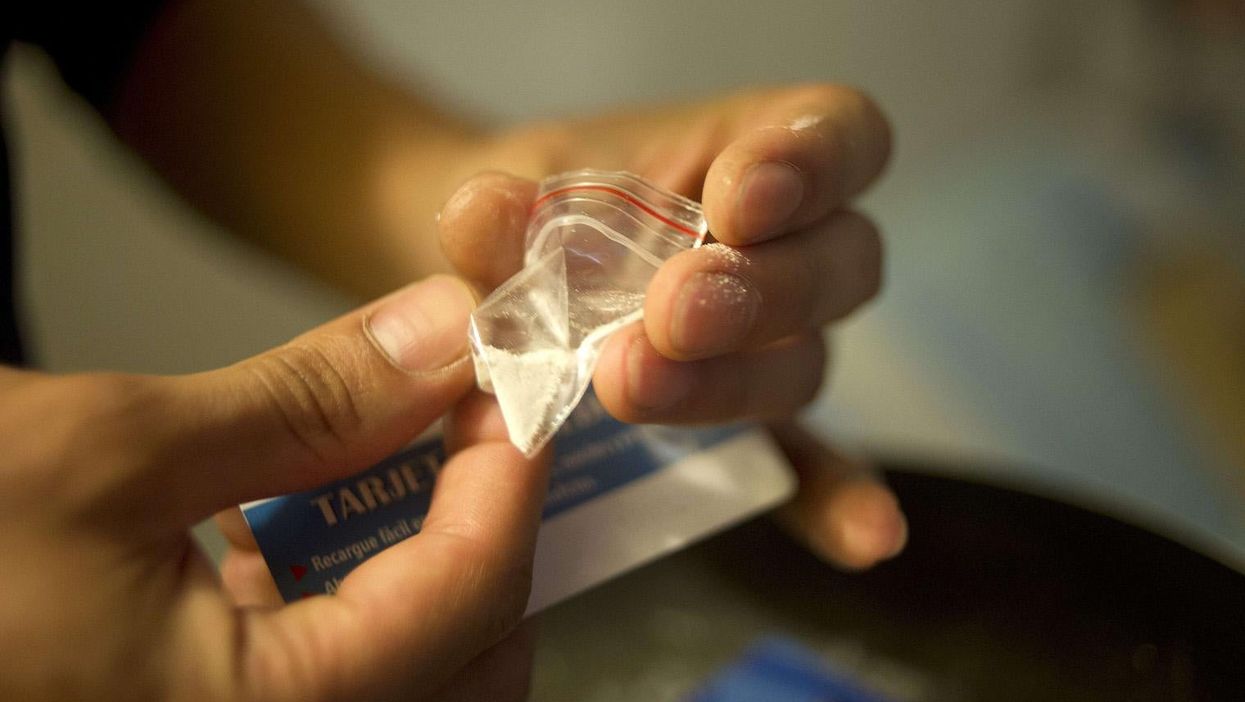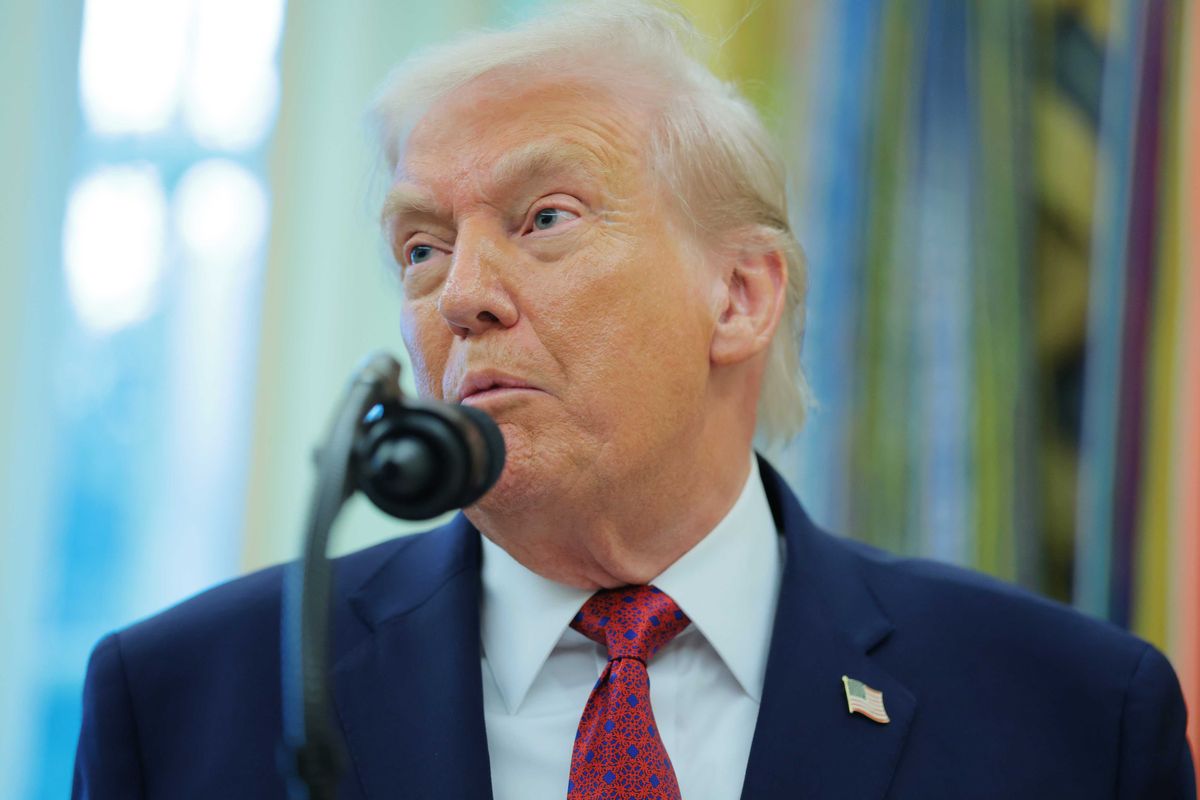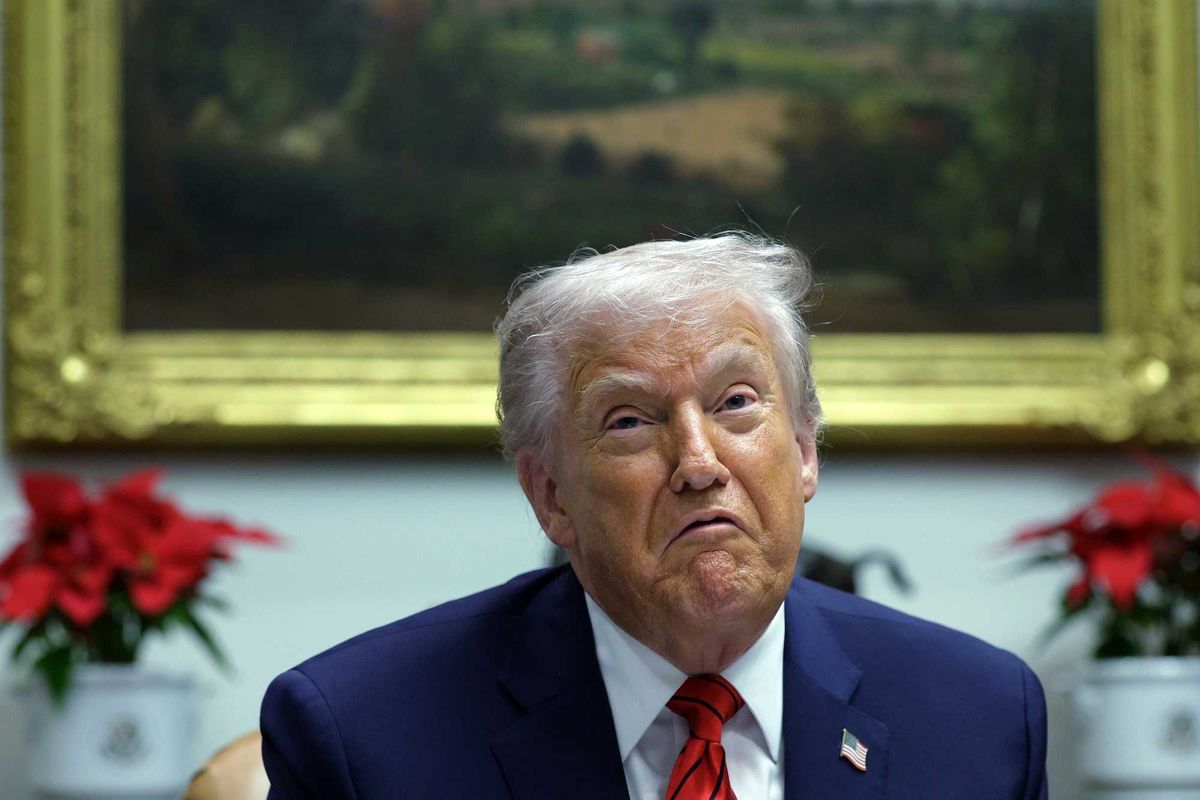News
Dr Adam Winstock
Dec 01, 2015

A Colombian drug dealer prepares cocaine for street sale in Bogota, on 20 September 2013
The author is a consultant addiction psychiatrist and founder of the Global Drugs Survey. He has held senior academic posts at institutions including King’s College London and the University of New South Wales.
Over the last few years the Global Drugs Survey has documented the existence of a well defined two-tier market in street cocaine worldwide, with most users being offered the drug at a higher price (usually 20-25 per cent more) with the promise of better quality.
While the cocaine dealers I have worked with in prisons have said sometimes the quality is the same (the only difference being the pocket they take it out of) the emergence of two-tier markets does suggest that cocaine markets are diversifying to compete with the arrival of novel psychoactive drugs and attract clientele with vastly differing incomes and expectations.
Why is this?
GDS has seen evidence from forensic labs documenting a steady rise in the average purity of street cocaine in the UK and elsewhere in Europe over the last five years.
There’s still lots of rubbish being dealt, but street cocaine with a purity of 30 per cent is becoming common place, with an increasing proportion coming in at over 50 per cent and some police forces and forensic labs across Europe finding purity levels over 70 per cent. Despite lots of regional variation and patchy data, most evidence we have seen suggests that street dealt cocaine purity is going up.
Despite this, most of the gram you buy in most cases will not be cocaine. Most are ‘bulked up’ with adulterants (cheap white powders that look like cocaine) prior to selling to increase the profit for the supplier.
Top of the adulterant league for cocaine is tetramisole (a version of the worming agent levimasole). This seems to be added before importation - as well as being used as a bulking agent within the country of distribution. Some experts have suggested that tetramisole might modulate dopamine release - in simple terms, increase the buzz.
Is it harmless?
No. With repeated exposure increasing the risk of vascular necrosis (leading to dead/black flesh) and agranulocytosis making you prone to infection.
Other common adulterants include the local anaesthetic benzocaine (numbs your gums), caffeine (the mild stimulant in coffee that makes you pee), lactose (milk powder) and paracetamol.
So it’s clear that all cocaine is not created equal and not surprisingly neither is price and the way it is used across the world.
What is the global cocaine landscape?
As part of GDS2015 we mapped the average price of a gram of cocaine worldwide, alongside the typical amount used in a session - and the number of lines people could get out of a gram.
This, crossed by the number of people seeking emergency medical treatment after taking cocaine, found Brazil is the cocaine taking capital, with:
- The cheapest cocaine worldwide (12 euros vs. 75 euros global average)
- Took the most in a day worldwide (1.5gm vs 0.4gm global average)
- Had the biggest lines (six lines from a gram vs. ten lines global average)
- Went to the emergency room the most (3.5 per cent of last year users vs. 0.4 per cent global average)
- Mean purities of over 70 per cent
Cheaper, better quality cocaine might be user preference, but its seems that this combination doesn’t necessarily mean better or safer.
The situation parallels what happened with MDMA in recent years where GDS has identified a year-on-year rise in people going to the emergency room after using MDMA - from 0.3 per cent last year for GDS2013, to 0.6 per cent in GDS2014 and 0.9 per cent in GDS2015 - linked - we propose - to the increases in MDMA purity and average tablet dose.
From panic attacks and palpitations, dependence, violence and heart attack chest pain, cocaine - even if its not great quality - is not always problem free and better cocaine may cost you more than just extra cash.
What will this years' survey investigate?
This year, Global Drug Survey 2016 will be tracking the two-tier cocaine market worldwide and investigating if rising cocaine quality is leading more people to the emergency room.
So if you’ve have spent hours in front of the mirror, licked your baggie, sniffed and argued your way through a Monday morning meeting or simply worried your credit card may say more about you than you had hoped, please add your experiences to tens of thousands of other people and take part in GDS2016, the largest drugs survey the world has ever seen.
To watch the video about the Global Drugs Survey 2016, see below:
Take the survey here.
More: The government is spending lots of money banning 'designer drugs' people don't even use
More: We asked an expert what he thought of Theresa May's ban on legal highs
Top 100
The Conversation (0)













